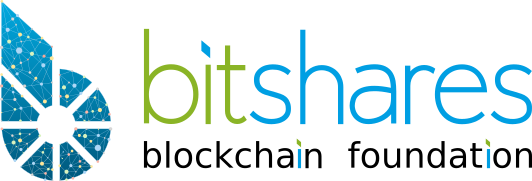Some of the terms which have been used above have been better explained in these two whitepapers here and here. Excerpts from the whitepapers as follows:

“BitShares is a decentralized autonomous company, and as such offers products to earn their shareholders a profit. The BitShares DAC offers their private customers several products and in this paper, we would like to briefly highlight some of them. Of course, all of these come with with the properties of cryptocurrencies, namely (a) global accessibility, (b) customizable anonymity, (c) industry-grade security, (d) freedom from counterparty-risk, (e) flexible account Control, (f) low transaction delays, and (g) worldwide decentralized network.”
“In BitShares, each account is separated into..
Active Permission which has control over its funds and
Owner Permission which controls the account itself.

Furthermore, BitShares uses authorities consisting of one or many entities that authorize an action, such as transfers, trades or account modifications. An authority consists of one or several pairs of an account name with a weight. In order to obtain a valid transaction, the sum of the weights from signing the parties has to exceed the threshold as defined in the permissions.”
“The BitShares platform also contains a flexible feature called “user-issued assets” (UIA) which will help facilitate a wide range of profitable business models based on certain types of services. A UIA is a type of custom token registered on the platform, which users can hold and trade within certain restrictions. The creator of such an asset can publicly name, describe, and distribute its tokens, and can specify custom requirements such as an approved whitelist of accounts permitted to hold the tokens, or the associated trading and transfer fees.”
“The BitShares community employs Delegated Proof-of-Stake (DPOS) in order to find efficient solutions to distributed consensus decision making. DPOS attempts to solve the problems of both Bitcoin’s traditional proof-of-work system, and the proofof-stake system of Peercoin and NXT by implementing a layer of technological democracy to offset the negative effects of centralization. For historical reasons, the technology is still called delegated proof-of-stake even though what have been delegates in BitShares 1.0 are now so called witnesses.”
“Additionally, the Graphene technology allows users to propose a transaction which requires approval of multiple accounts in order to execute. These transactions are only partially valid and do not execute until they are completely valid.”
“There is no reason why the same entity needs to be responsible for issuing IOUs and for processing the order book. In fact, this is is actually a disadvantage from a security standpoint. It is only because these two roles have been combined that there is a tendency toward centralization in the Bitcoin exchange space. Therefore, to create a decentralized exchange, the first step is to move the order book onto the blockchain so that anyone can see and audit it. After this is done, gateway services can still be used to enter and leave exchange order book through IOUs, just like a traditional exchange uses.”
Pc=itsblockchain.com

Hi! I am a robot. I just upvoted you! I found similar content that readers might be interested in:
https://itsblockchain.com/bitshares/
Downvoting a post can decrease pending rewards and make it less visible. Common reasons:
Submit